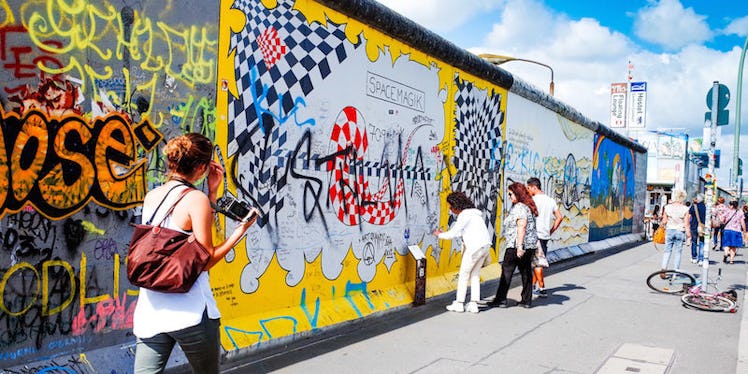
4 Unconventional Travel Destinations You Should Add To Your Bucket List
From Amundsen to Richard Branson, many of history's most memorable people have been great adventurers. However, travel isn't all about the beaches, ocean cruises and mountain trails. Sometimes, visiting places that have seen dark moments in the history of our species can go a long way toward teaching us wisdom and putting us in touch with the humanity in each of us.
So, here's a list of four controversial places. But yet, they can inspire us to greater things.
1. The Cellular Jail: Andaman and Nicobar Islands, India
Located in Port Blair, the capital of the rather remote Andaman and Nicobar Islands, this jail was used by the British colonial powers in the late 19th and early 20th century. Several of India's freedom fighters ended up here. Some even died here.
The prisoners were all in solitary confinement: always. Each cell was only 9-feet wide by 15-feet tall. The prisoners were hardly ever let out for exercise.
But the horrid conditions did nothing to daunt these leaders of India's independence movement. In fact, it hardened their resolve to end British rule. This is illustrated by a famous quote by Mahatma Gandhi: “You can chain me. You can torture me. You can even destroy this body. But you will never imprison my mind.”
2. The Berlin Wall: Berlin, Germany
Between 1961 and 1989, the Berlin Wall represented the Cold War: the face-off between the two global superpowers of the era, the United States and the Soviet Union. The wall split Berlin into East and West Germany, and it therefore represented this clash of ideologies.
It was the scene of military posturing and espionage. It divided families, parents, children, friends and relatives. It was torn down after the fall of the Soviet Union, and much of it has been dismantled today. But sections have still been left standing as a reminder of how a wall split the world in two.
3. Robben Island: Cape Town, South Africa
Sorry for all the prisons on this list, but this one is famous for having held Nelson Mandela for 27 years during South Africa's apartheid regime. Like the Andaman's Cellular Jail, this prison was also located on an island: Robben Island, to be exact, which is off South Africa's coast.
Mandela was only marginally better off than the Indian prisoners. He had to break rocks and do hard labor all day. He was allowed only one visit per year, and was allowed to write and receive only one letter once every six months. But Mandela's unshakeable resolve despite imprisonment made him the epitome of relentless struggle and dignity in the face of all odds.
He even retained his sense of forgiveness and humor throughout this tumultuous period. A cheeky quote by Mandela goes, “In South Africa, first we go to prison; then, we become President.”
4. Seat of the Tibetan Government: Dharamsala, India
You might expect the seat of the Tibetan government to be in Tibet. But the reason this place is on this list is because the Tibetan government actually “governs” Tibet from India. The Dalai Lama, who Tibetans consider their spiritual and temporal leader, fled Tibet in 1959, when the Chinese army invaded.
India offered him safe asylum, and he set up his government in Dharamsala in northern India. Of course, Tibet is now under the administration of China, and the Dalai Lama has often spoken out against them. He is often seen and hailed in the western world as only one man standing up to the might of the Chinese government — a David versus Goliath situation. Despite the odds, the Dalai Lama has taken things in his stride. He has worked tirelessly over the past five decades to raise awareness about the predicaments facing his people and land.
By keeping an open mind and heart, it's quite easy to make hitting the road an incredible learning experience. It is an opportunity to learn from the collective wisdom of the greatest human beings that ever lived.